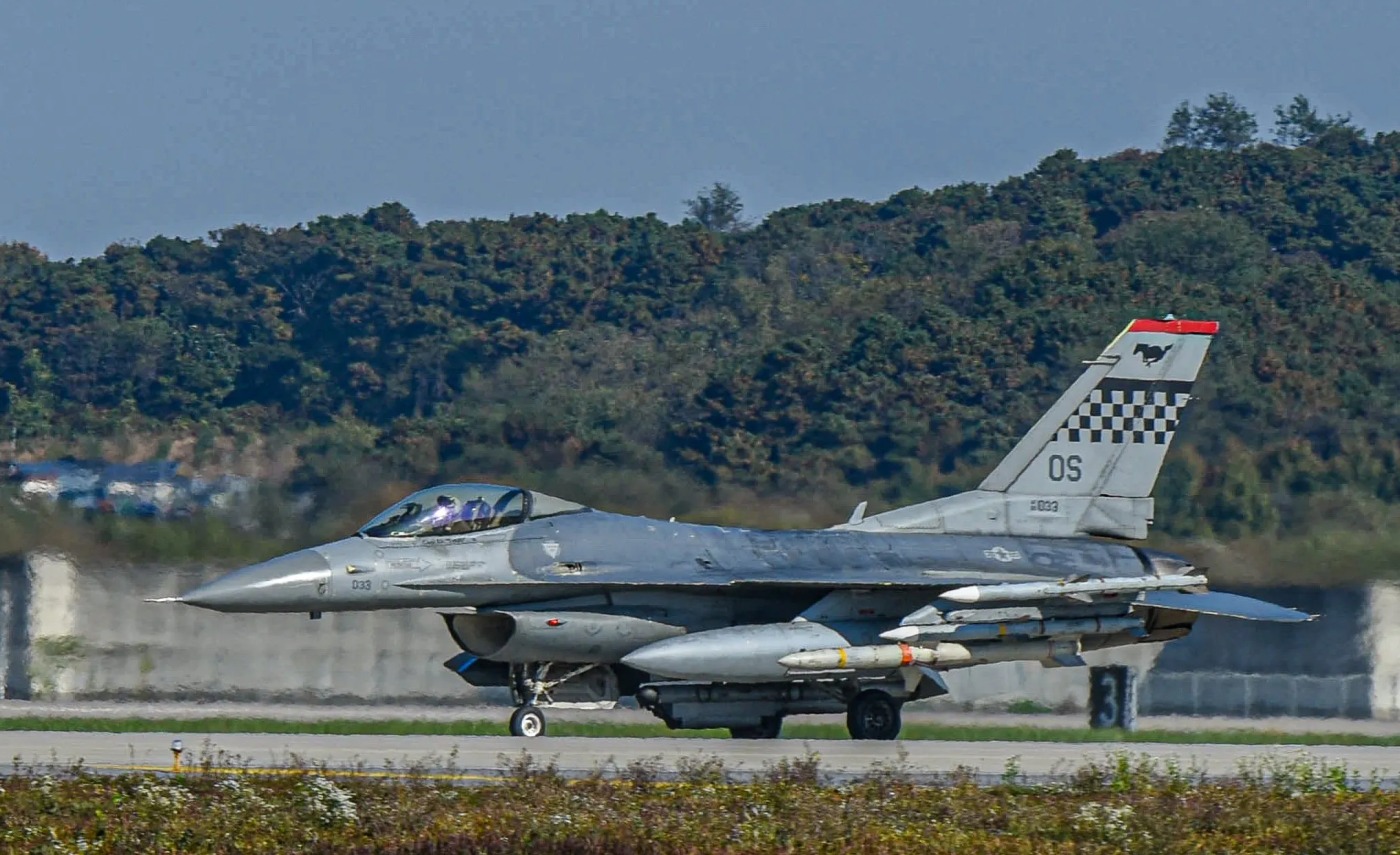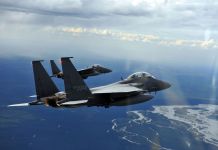Following a series of crashes last year, the Republic of Korea Air Force (RokAF) is preparing its pilots for unforeseen circumstances at sea to enhance their chances of survival.
The South Korean Air Force allowed a group of media persons access to the training on August 14 in the waters of Namhae County, 313 kilometers south of Seoul. The press was given a sneak peek into the unit’s two-week basic training program, which is designed to prepare airmen for survival if they are stranded at sea, Yonhap News Agency reported.
The exercise was conducted by the Survival, Evasion, Resistance, Escape, Recovery (SERER) unit, which trains air personnel in ocean survival in the event of emergency aircraft escapes. These training sessions are carried out by various countries globally, including the United States, a close ally of South Korea. In fact, the US has conducted this training for its airmen in South Korea on multiple occasions.
The Survival, Evasion, Resistance, and Escape (SERE) training concept was developed by the United Kingdom during World War II. Initially focused on skills for evading capture and surviving in hostile environments, the program eventually expanded and aimed to equip military personnel, particularly pilots, with the necessary resources to withstand dangerous situations.
The demonstration by the SERER unit in South Korea comes as the country is working to bolster its air power. It has taken delivery of the cutting-edge F-35 stealth jets and is advancing work on the indigenous KF-21 fighters. The Air Force has emphasized the training of air personnel through these initiatives to enhance overall readiness.
South Korea's Air Force prepares pilots for the unknown through the Survival, Evasion, Resistance, Escape, Recovery (SERER) unit, which specializes in maritime survival training for air personnel in the event of emergency aircraft escapes.https://t.co/n2qIbUd0Ve
— Indo-Pacific Defense FORUM (@IPDefenseForum) August 17, 2024
Moreover, the training comes after a spate of crashes that led to narrow escapes for fighter pilots.
Three crashes were reported in just over nine months, the first of which happened in May 2023. Dramatic CCTV footage of the May 2023 mishap showed the pilot safely ejecting before the crash. South Korean networks made it public. The airplane suffered an estimated $29.39 million in damages following its destruction, but the pilot was successfully rescued.
An American F-16 fighter jet crashed today during training near a large American military base in South Korea, the US military announced.
The plane crashed in a rural area near Osan Air Base, CNN reports. The pilot ejected safely and was transported to the nearest medical… pic.twitter.com/lwsMFwSfCd— S p r i n t e r (@SprinterFamily) May 6, 2023
In December last year, an F-16 fighter jet operated by the United States crashed in South Korea while conducting a routine training flight. The pilot was rescued in the Yellow Sea by the South Korean Coast Guard and returned to the Kunsan Air Base, the 8th Fighter Wing said in a statement.
Chinese Lake Or South China Sea? Beijing Entangles ASEAN Nations With COC That Has Only One Winner
The following month, a US F-16 fighter jet crashed into the sea off South Korea’s west coast. The pilot was conscious and was taken to a medical center for evaluation after a safe ejection and rescue approximately an hour later.

What Did the Training Entail?
The reporters from the Yonhap News Agency who saw the training narrated the process that they witnessed.
The report stated that an instructor was given the command to jump overboard and free fall four meters into the water by an Air Force drillmaster on a maritime training ship off the southern tip of the Korean Peninsula. “Upon the command, the instructor plunged into the waters, connected to the vessel by two cables, simulating the experience of being dragged by a parachute caught in the winds after entering the water,” the report narrated.
The waves drenched the instructor’s face as the ship carried him across the ocean. Finally, the drill master yelled, “Release,” and the instructor hurriedly unbuckled the cables.
F-16s “Sitting Ducks” For Russian MiG-31 Fighters? Putin Warns Of Consequences Over Fighting Falcons
The South Korean Air Force, for its part, stated that temperatures above 20 C and an average survival span of more than 12 hours made the seas off the southern coast ideal for training. In contrast, individuals stranded in waters between minus 2 and + 2 C usually have a 45-minute survival time.
“The conditions, however, remained difficult when reporters were given the chance to experience the training,” the report stated.
Most reporters could not keep their heads up as water poured into their mouths and nostrils, even though the ship was traveling at only four knots (2 meters per second), half the pace at which they were trained.
Although this type of training is common among advanced air forces globally, it holds particular significance for South Korea, which is bordered by seas on all sides except for its northern boundary with North Korea. Therefore, maritime survival training is crucial for pilots, who undergo extensive training for several years to achieve proficiency.
In addition to receiving instruction in parachute drag, reporters also underwent open-water survival training, huddled together while they awaited helicopter and boat rescue. The instructors emphasized the importance of unity in preventing protracted rescue operations. Additionally, they showed how to safely practice parachuting into the sea through parasailing.
At first, it seemed like recreational parasailing, with an instructor floating smoothly across the sky 70 meters above the ground while tied to a boat.
However, the report stated, “At the drillmaster’s command, the instructor detached the single cord connecting her to the boat to release herself and descend into the waters.”
SERER experts also teach soldiers on land how to survive in isolated areas, including locating food and piloting rescue helicopters, as part of the standard two-week training course. “The exercise prepares for emergencies and to maximize the survival capabilities of our pilots who are valuable assets,” Lt. Col. Oh Hyeong-mo, a commander of the unit overseeing the instructors, said.
The SERER unit conducts a five-day survival training session for about 1,400 service members every year. The program is mandatory for aviation personnel every four and a half years.
- Contact the author at sakshi.tiwari9555 (at) gmail.com
- Follow EurAsian Times on Google News




